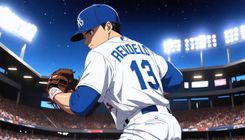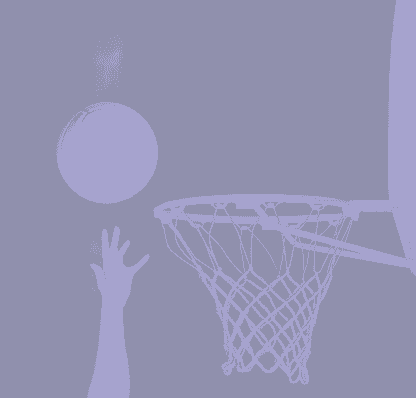Predicting the Top Second Basemen of 2030: Insights and Projections

As part of the Moneyline MLB 30 in '30 series, this article delves into projections for the 2030 season, highlighting the top second basemen expected to shine. Identifying standout talent at this position can be complex, as many future stars emerge from shortstop backgrounds that transition to second base. Jackson Holliday exemplifies this trend, having been drafted as a shortstop before making the switch in the majors. Evaluations of offensive and defensive capabilities form the basis for projecting player potential over the next five years, though the exercise ultimately relies heavily on subjective interpretation.
Amid exploring future second basemen, it is necessary to acknowledge established players who are likely to retire or switch positions before the onset of the 2030 season. Notable veterans omitted from the rankings due to anticipated age-related decline include Ozzie Albies of Atlanta, Jose Altuve of Houston, and Jake Cronenworth of San Diego, among others. This outlook sets the groundwork for forecasting the future landscape of the second base position in MLB.
Beginning the countdown, the 30th position is held by Termarr Johnson of the Pittsburgh Pirates, projected to be 26 years old in 2030. A highly regarded prospect selected fourth overall in the 2022 draft, Johnson showcased impressive hitting skills at a young age, finishing his last minor league season with a .237/.366/.386 slash line. Following him is Max Muncy from the Las Vegas Athletics, another promising talent who impressed at Triple-A, indicating potential for future success. Next, Juan Brito of the Cleveland Guardians has shown notable improvement and is poised to debut in MLB soon. Additionally, Nico Hoerner of the Chicago Cubs, acclaimed for his defensive prowess, may continue to contribute to the Cubs' success, while Thomas Saggese from the St. Louis Cardinals offers offensive potential despite currently navigating minor league play.
In the mid-tiers of the rankings, notable names such as Bryson Stott from the Philadelphia Phillies and Gleyber Torres of the Detroit Tigers raise the profile of second basemen expected to perform. Both players have shown significant contributions, with Stott adapting to positional shifts and Torres continuing to build his reputation. Progressing further, the analysis highlights emerging talents like Jazz Chisholm Jr. from the New York Yankees and the defensive standout Brice Turang of the Milwaukee Brewers. Both have the potential to influence their teams significantly come 2030.
Among the top five, professional players like Kevin McGonigle from the Detroit Tigers and hard-hitting prospects such as Travis Bazzana and Kristian Campbell show early promise and a trajectory that might lead them to stardom. Bazzana's elite hitting tool, alongside Campbell's breakout in the minors, positions them as likely candidates to command attention in baseball's future landscape. As teams continue to scout and develop second base talents, this analysis underscores the evolution and significance of the position moving into and beyond the 2030 season.









